Tube wall 5 kinds of decorative coatings and finishes the algorithm for independent
Table of contents
-
1 Product overview
- 1.1 5 types of cork
- 1.2 Pros wall plugs
- 1.3 disadvantages coatings
-
2 finishing technology
- 2.1 Tools and materials needed
- 2.2 Substrate preparation
- 2.3 gluing cork
- 3 conclusion
Decorating the walls of cork - effective solution, but before you get the hand to work with this material, I stuffed a lot of bumps. But now I know exactly how to choose the cork and how to use it correctly. And I am ready to share our experience with you!
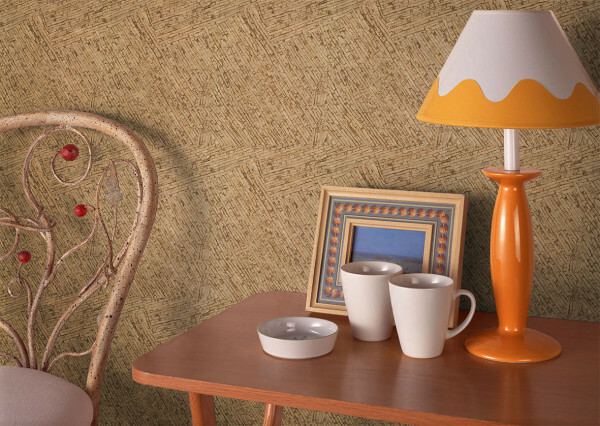
Finishing using cork or veneer is obtained due to the low thermal conductivity of the functional material
Product overview
5 types of cork
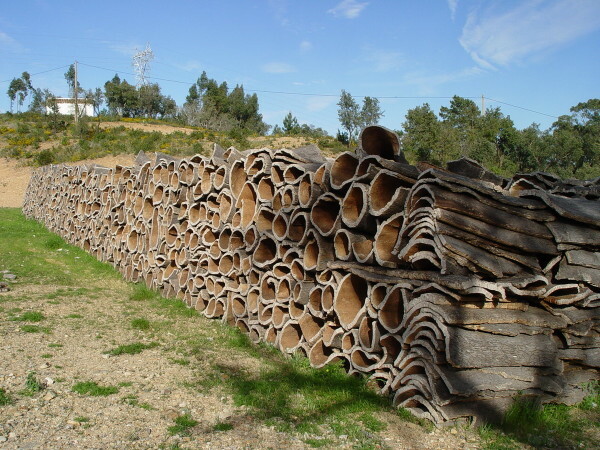
Here is the bark of cork oak - the raw material for the production of finishing materials
Cork - a material with unique performance characteristics. The porous tube structure provides it with a combination of elasticity, strength and low thermal conductivity. Because of this raw material is used not only for the production of wine corks, but also as a finishing material.
Cork wall is of several types:
| Illustration | cover type |
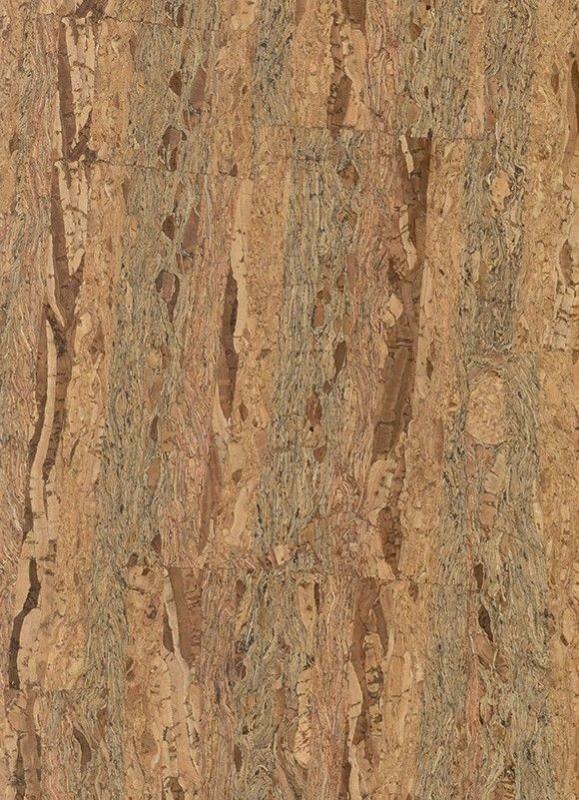 |
View 1. Cork wallpaper. Perhaps the most common material. Wallpaper made from thin cork veneer (a thin slice of the array), pasted on a paper or non-woven backing. Such a structure of the material gives it elasticity, allowing the paste over natural cork variety of surfaces with minimal effort. |
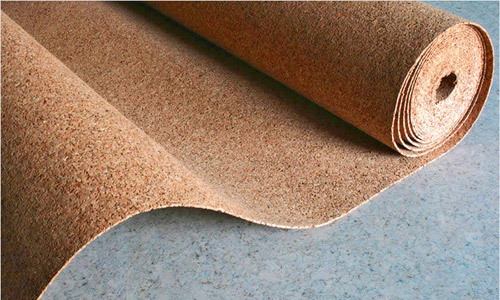 |
View 2. Technical cork wall (Suberic substrate). This cork agglomerate (compressed and glued chips) at the tissue or other basis. In appearance the material is quite simple, so it is usually used as insulation and sound insulator. Pasted on the wall under the wallpaper, trim and other decorative materials. |
 |
View 3. Cork wall tiles. It can be both single-layer and double-layer. It is made from pressed and impregnated with glue cork, which is formed into the desired shape and texture. To protect against external influences tiles made of cork covered with natural wax or varnish vapor permeable. Standard sizes - 300x300 or 600h300 mm. |
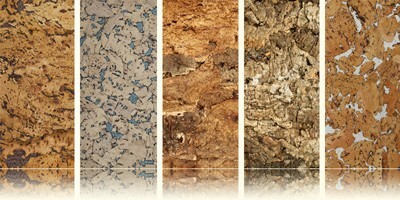 |
View 4. Wall panels. The hottest in recent material. These are products of rectangular shape with a two-layer structure. Basis - tiles made of extruded agglomerate, which is pasted on top of a thin wood veneer. Sometimes the edge panels are equipped with locks such as "tongue and groove" (as a laminate). The presence of locks makes it easy to dock parts and allows the finish wall without cracks and gaps. |
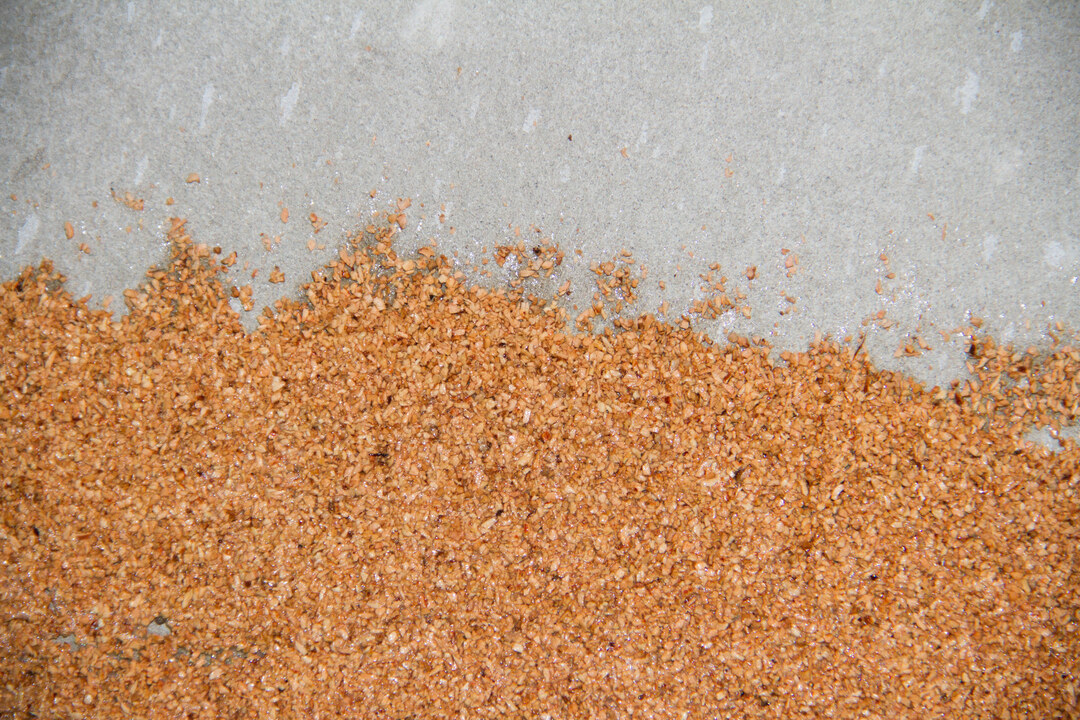 |
View 5. Sprayed cork. A relatively new material, which consists of 95 small cork, and 5% - from a polymer complex comprising acrylic binder, adhesive, pigment and additives that reduce flammability. The material is applied on the wall in a liquid form and adheres to virtually any dry and clean surface. After drying, forms a continuous coating of 5-7 mm thick, with good aesthetic qualities and excellent heat preserving. |
Get the cork walls in several ways - just select a material suitable for operating properties, appearance and cost.
Pros wall plugs
In the wall coverings of cork - whether wallpaper, tiles, panels or sprayed material - there are a number of advantages:

Natural veneer is quite expensive - from 600 to 2000 rubles per square meter
- Attractive appearance. Even cork, properly chosen, painted and covered with protective compounds, looks quite attractive. A natural veneer produced from a single material, and all is one of the leading decorative materials.
Alas, the price of natural veneer is quite high - this is due to rarity of cork trees used to produce it. Because a mass finishing saving commonly used combinations of agglomerate and integral stopper.

Decorating the walls will protect the premises from heat loss and loud sounds
- Good thermal and sound insulation properties. Despite the relatively thin (5-8 mm), wall coverings made of cork, well retain heat and block the spread of loud sound waves. Of course, they are hardly suitable as basic materials, but will provide additional comfort with a guarantee.

In the hallway and the hallway trim long retain its attractiveness
- Elasticity and durability. The porous structure of cork material allows wall coverings recover its shape even after strong mechanical impacts. In this decoration not subjected to abrasion, even in those places where it is contacted regularly with different objects - such as in the corridor or hallway.
- Environmentally friendly. Stopper - entirely natural material that does not contain toxins, volatile compounds and heavy metals. Manufacturers of wall coverings compound cork and veneer sheets used as safe formulations, because such finish can be used without restrictions (up to children's rooms).

Material eco-friendly enough to be used in the decoration of children's rooms
Other advantages of wall plugs include easy installation, simple maintenance due to dust repulsion, etc.
disadvantages coatings
Have such wall coverings and disadvantages:
- High price. Plug made from the bark of the cork oak, and replace it with raw materials simply nothing. That is why the material prices are increasing - in proportion to the decrease in the area occupied by oak plantations. The average cost of wall panels is from 600 to 2000 rubles per square meter.
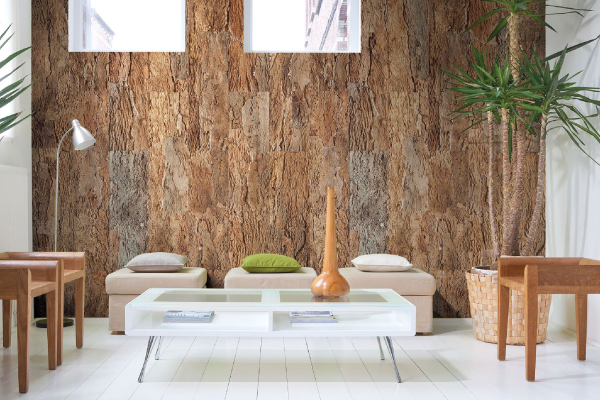
There are also more expensive coatings made from whole slices of cork with a unique pattern or a beautiful structure. Such panels, as in this photo, are very expensive
- The porosity of the material. Despite the fact that the anti-static properties of cork help repel dust and dirt in the pores still accumulates. Because of this finish requires regular cleaning, or later in order to bring the wall will be almost impossible.
- The accumulation of odors. Wallpaper or panels made from a material without a protective coating (wax, varnish) absorb all odors from indoor air. That's why you should not use these products in the design of kitchens.
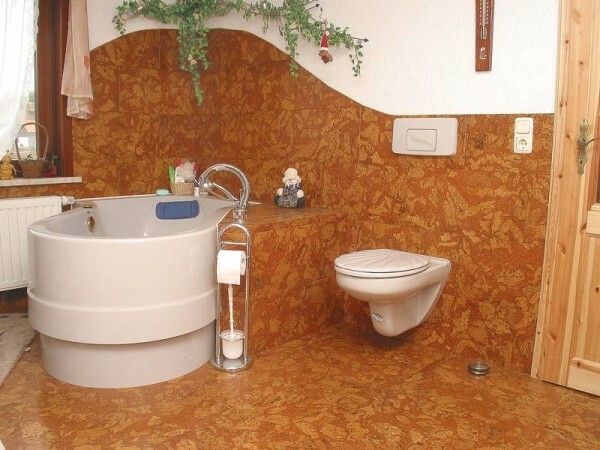
When installing in bathrooms or other damp rooms should be used only with protective coating materials
- The tendency to swell when wet. It is desirable to keep the tube from contact with water or moist air. Basically, the problem is solved by the application of protective coatings (there are special varnishes, allowing to use cork panels even in the bathroom). Yet with water, this material is not very "friendly".
- The low resistance to rupture. If you crush the wall panel is almost impossible, you can cut or break effortlessly. In floor coverings are considered the main enemy heels with metal taps and furniture with sharp legs, while the wall - pets. Restore the plug on that cat claws sharpened, almost unreal.
Despite these drawbacks, cork material for walls can be successfully used for interior decoration. The main thing - to take into account these shortcomings at the stage of interior design, and use the plug where it is fully able to discover their dignity.
finishing technology
Tools and materials needed
One of the obvious advantages of wall cork - a fairly simple installation by hand. With this task cope and novice, all the more so for work do not need sophisticated tools:
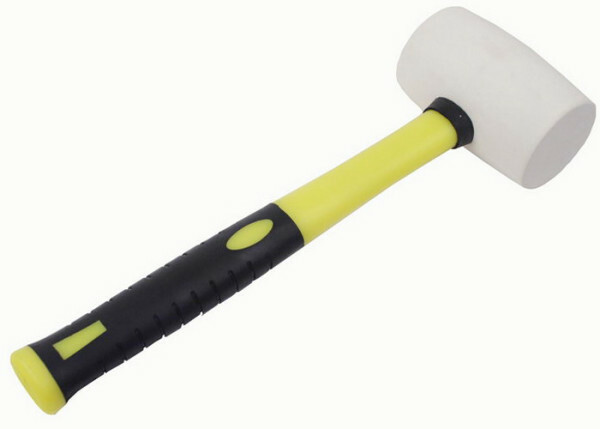
Rollers: Synthetic - for priming and adhesive application; rubber - for stitching seams.
sophisticated tools:
| Illustration | used tools |
 |
Knife for cutting cork. |
 |
Measuring tools:
|
 |
spatulas:
|
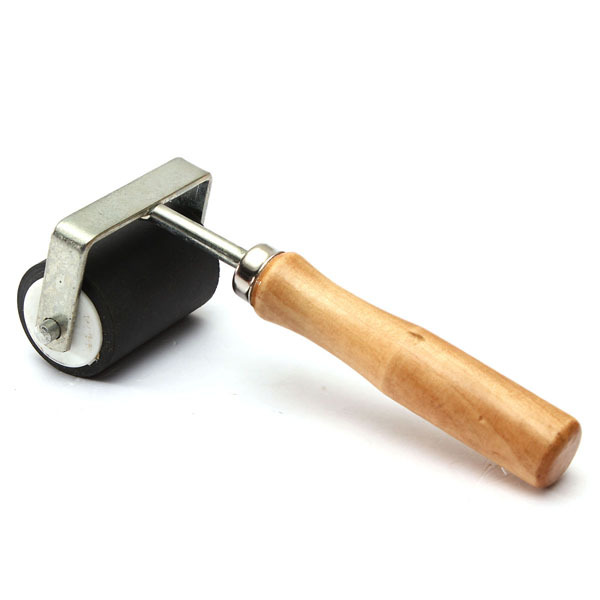 |
rollers:
|
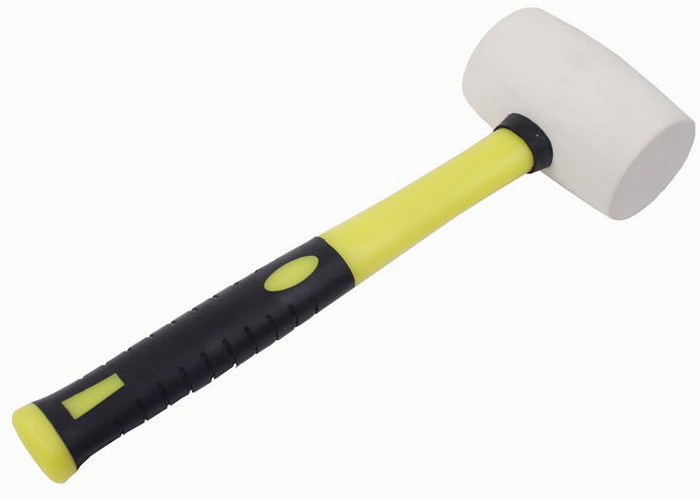 |
Rubber mallet to align. |
Of supplies we will need:
- putty;
- penetrating primer;
- adhesive cork;
- sealant for sealing and repairing the damages.
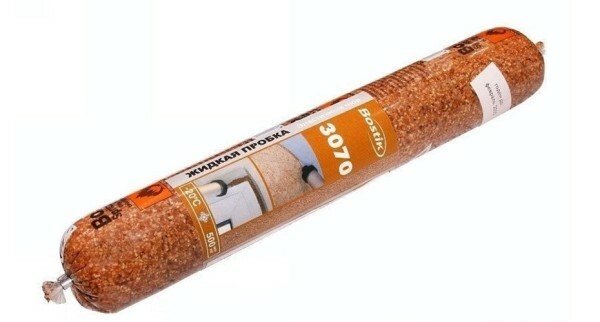
Sealant "liquid tube" in a tube
On the choice of adhesive will focus separately.
adhesives are used for two types of finish:
- Universal - acrylic or other polymer-based. At gluing cork applied only to the surface.
- contact - more reliable, but more complicated to use. When finishing composition using a contact adhesive is applied both on the wall and on the tube, and then aged for some time. Only after partial polymerization finishing material survives and is glued to the wall.

Contact structure for sticking decorative panels
With self-decoration can be used both types of adhesives.
As for brands, then the most reliable and easy to use, I would mention:
- Cork moment. Non-toxic, contains no solvents, it can be used in unheated rooms;
- BUNITEX. Toxic, but water resistance. The basis of the liquid rubber and polychloroprene (chloroprene rubber);
- IBOLA D7 CONTACT. It is used exclusively for glueing thin (4 mm) cork. It does not contain solvents. Can only be used with positive (+ 15 °) temperatures;
- WAKOL D3540. Universal composition Latex. Non-toxic, contains no solvents and volatiles. Provides a good fixing strength, it can be used for outdoor installation tube.

Latex adhesive to cork WAKOL
If you are new self-mount wall covering, then I recommend you take the highest quality glue available on the budget. Composition with good adhesion is able to "forgive" some flaws in the preparation and gluing.
Substrate preparation
The plug on the wall held firm and does not peel off even after several years, it is necessary to prepare the surface. Technology preparatory work depends on the wall material and by its condition.
The list of basic operations:

Such cracks and delamination require serious repairs, and perhaps - and re-plastering
- Repair of walls. The base must be strong, because before finishing tapping the surface to detect defective areas. All loose plaster and putty pay and crack - embroidered and fill the repair composition.
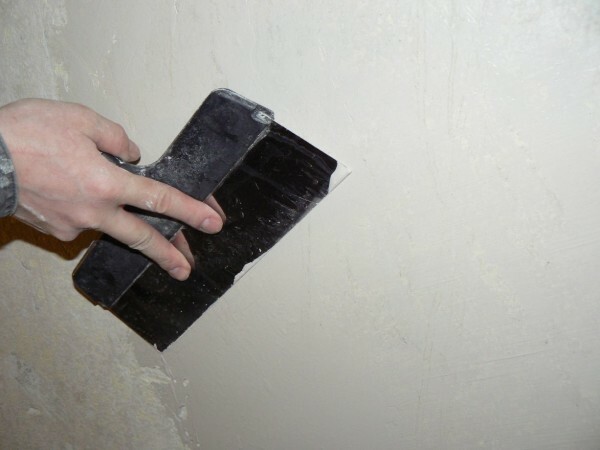
Before finishing leveling surface filler
- Alignment walls. Resilient cork due to its characteristics well compensates for slight unevenness. Yet for quality base wall is desirable to align the filler, eliminating drops plane more than 1-2 mm.
If the plug is glued to chipboard or gypsum board, it is necessary to seal the putty joints and skin cap fasteners.
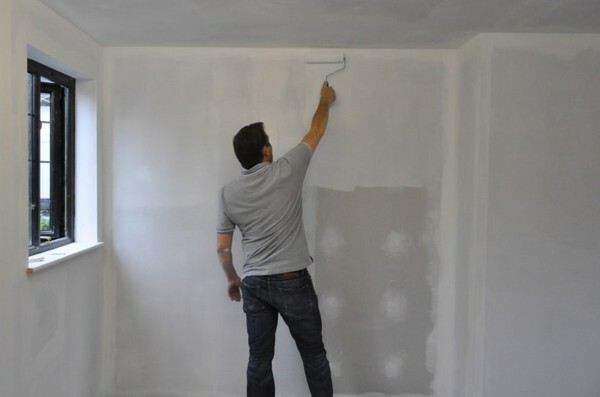
The primer improves adhesion (adhesion) of the base and finish
- base primer. To ensure maximum glue strong adhesion of tiles, wall or panel to the wall, it should be treated with a primer. Optimal - penetrating acrylic composition which is applied in two layers.
After drying the primer can start to surface finishing.
gluing cork
Tiles made of cork glued to the wall quickly enough. Work is carried out in the order in which they are listed in the table below:
| Illustration | Sequencing |
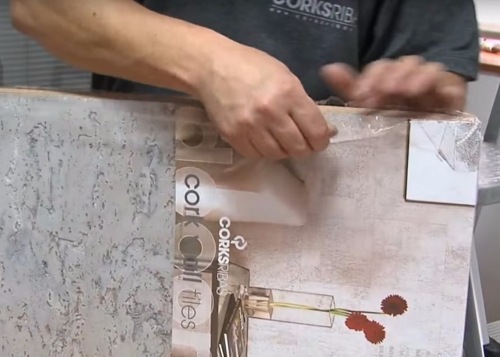 |
Preparation of the material. Cork wallpaper or panel in a package of skidding into the room where the installation will be carried out. We open the package material and leave at least 12 hours to equalize the moisture content and thermal deformation. If we ignore this advice, the panel will begin to deform after sticking, leading to the appearance of cracks. |
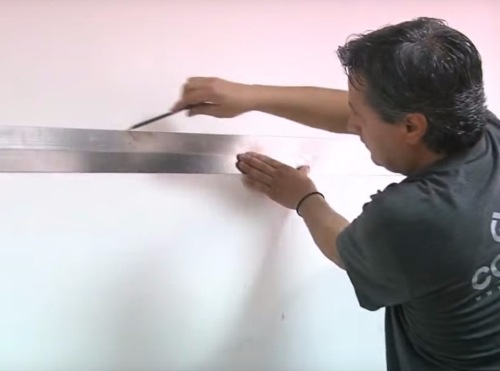 |
Partitioning wall. On the surface, which will paste to put the perpendicular lines - horizontal and vertical. When wallpapering it is desirable to make a layout for each roll for finishing tile enough to mark the center of the room. |
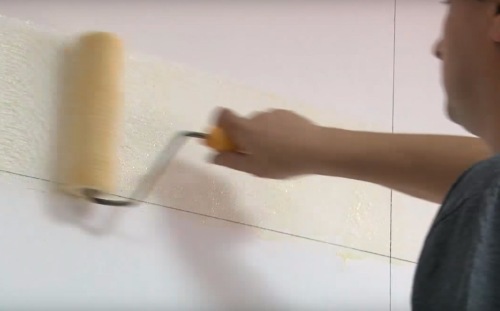 |
The application of the adhesive to the wall. A small amount of adhesive poured into the tray. Gaining adhesive using a roller, causes it to the wall and evenly distributed. For once it is desirable to cover less than 2m2 (for beginners - 1 m2). Withstands the glue wall for 15-20 minutes before applying the tiles. |
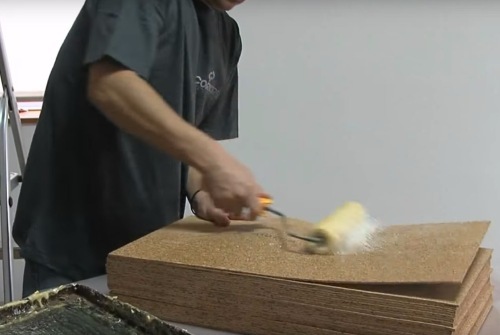 |
The application of glue on the cork. On the underside of the slug material or roller notched trowel to apply the adhesive. If you use a non-contact variety, the adhesive is applied only on the plug itself. |
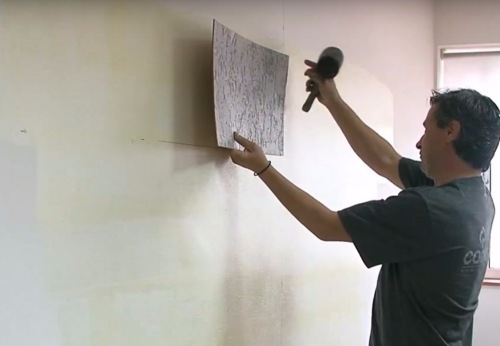 |
Bonding. We put stuff on the wall, is aligned with the marking and smoothes, leaving no air pockets. To align convenient to use a plastic spatula. |
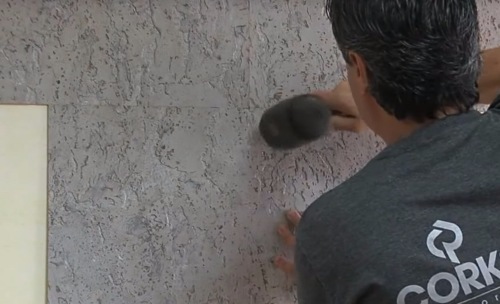 |
Docking seams. The joints of adjacent rolls or panels compacted laminating rubber roller or rubber hammer tapping. When pasting surface of the panel is offset their seams from about 1/2 -1/3 panel width. |
 |
Trim tiles. When necessary to cut product length or width. To do this, we lay the panels on a flat surface. A paint knife with a ruler cut the desired fragment. |
 |
Shutdown. At the final stage dokleivaem missing fragments smaller perimeter wall. You can also mount the corner lining and ceiling moldings from cork thin profile. |
After completion of the work we get the surface, trimmed with cork. After a while, it should be carefully inspected to detect badly glued edges. To correct problem areas, causing a small amount of glue with a brush or sealant filling joints in the primary tone finishes.

It would look like the finished surface
conclusion
Mount the cover of the plug to the wall, guided by this algorithm is quite simple. Each one of you, having studied the video in this article will be able to cope with this task. In addition, in the comments, you can get answers to all arising after viewing and reading questions.


